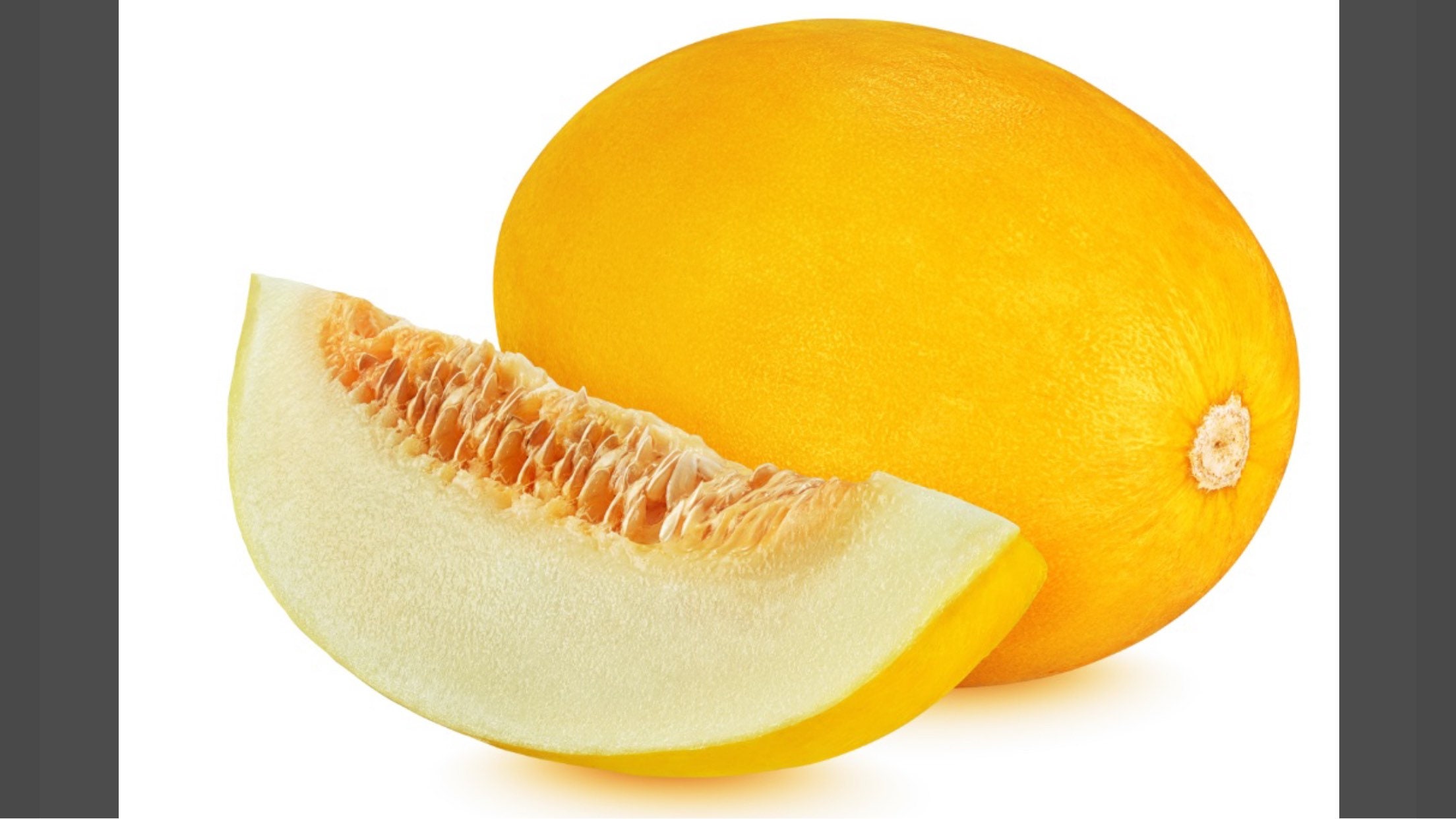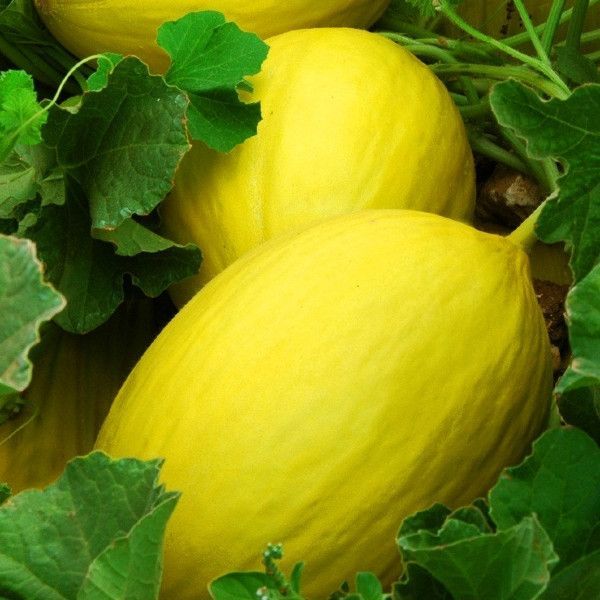

The ideal temperature for growing Canary Melons is between 70 and 80 degrees F/21-26 degrees C. You can also grow them alongside cucumbers, squash, or pumpkins without worries of cross-pollination. This will allow your plants to spread out and grow without competition from neighboring canary melons. Plant Options: Since this plant grows best when spaced 2-4 feet apart, you can use rows of trellises on both sides of your planting area. If the temperature drops below 45 degrees Fahrenheit/7 degrees Celsius for several hours, your plants may need to be covered with plastic sheeting or moved indoors to prevent damage. Pruning Requirements:ĭoes not require pruning (unless you’re using it as a vine).Ĭold Weather Protection: Canary melons do not tolerate frost at all, so they must be protected during cold spells. Can be planted in loamy soil over rock, but will produce more readily in sandy soils. Sandy or gravelly soil with good drainage and aeration is preferred.
#Canari melon skin#
Keep an eye out for cracks that may have developed on their skin while they grew so that you can pick those fruits first when harvesting. If it smells like cucumber or musk, the melon is ripe if not, look for another choice.Īvoid bruising your fruits when you harvest them by handling them with care once they’re off the vine. The best way to determine if your canary melon is ripe is to smell the stem where it meets the fruit. You’ll want to wait until your melons are ripe before picking them. Harvest Tips: When picking out your melon, make sure it is at least 2 inches in diameter and has an even shape. You’ll want to check for signs of blight or mildew on the foliage and treat accordingly with a fungicide if necessary. If you find that your melon plant’s leaves are turning yellow or brown quickly, it could indicate a disease problem. This reduces leaf damage and helps prevent diseases in general. Water the soil around their roots as opposed to the plant itself during hot weather.

In periods of extended hot weather, they may need more frequent watering. Make sure your plants get between 1 and 2 inches of water each week. Water Requirements:Īlthough canary melons are drought-tolerant, this doesn’t mean that they don’t need to be watered. It is still safe to eat these types of melons, but you’ll receive much better taste if they aren’t bruised. Canary melons are very delicate and may bruise easily during packaging and transport. This indicates that it’s ripe and ready to eat!Īvoid purchasing any canary that has cracks on its skin or bruises. Buying Tips If you’d like to pick out a canary melon at your local grocery store rather than grow your own, look for one with a bright orange coloring at the top of the melon. This will help prevent the spread of disease and keep your melons off the ground, away from pests. Recommended Planting Dates *minimum of 60 days before last frost Rows Separate rows by several yards. Light Requirements:įull sun (at least 6 hours per day) Soil Temperature: 60 – 65 degrees F/16 – 18 degrees C Plant Spacing: 3 feet apart for trellis 2-4 feet apart for no trellis Fruit Spacing: 2-3 inches or more Row Spacing: 4 feet apart when using raised beds 6-8 feet apart in rows Water Requirements: Low to moderate In colder climates, it can be grown as an annual or planted as a perennial for winter harvest (in USDA hardiness zones 4b-8). Timing Requirements Grown as an annual where night temperatures stay above 50 degrees Fahrenheit/10 degrees Celsius. Select a fertilizer high in potassium use it according to package directions. Soil Requirements Prefers well-drained soil High fertility preferred pH 6-7 (5.8-6.2) Plant Type Fruit / Vegetable Fertilizer Requirements Slow growing and relatively unproductive does not need frequent fertilization, but will respond well to fertilization in the spring.

The plant is not drought tolerant once established and will require watering during extended periods of hot, dry weather. Requires little maintenance and will do fine in dry weather. – Plant at least 3 weeks before the last expected frost date USDA Hardiness Zones 10-11 (up to 5500 feet) Watering Requirements Drought tolerant low watering requirements. – Monitor weather conditions regularly because they can have an effect on vine growth In order to get a great harvest of tasty melons from your plant, follow these tips for caring for your canary melon: – Soil should be allowed to dry out in between waterings A nearby hose can help with this, but make sure the soil isn’t waterlogged or too dry either. Once you’ve chosen your soil and planted your seeds, be sure to keep the plants well-watered. No matter what time of year you’re preparing to plant, choose an area that gets plenty of suns (at least 6 hours per day).


 0 kommentar(er)
0 kommentar(er)
